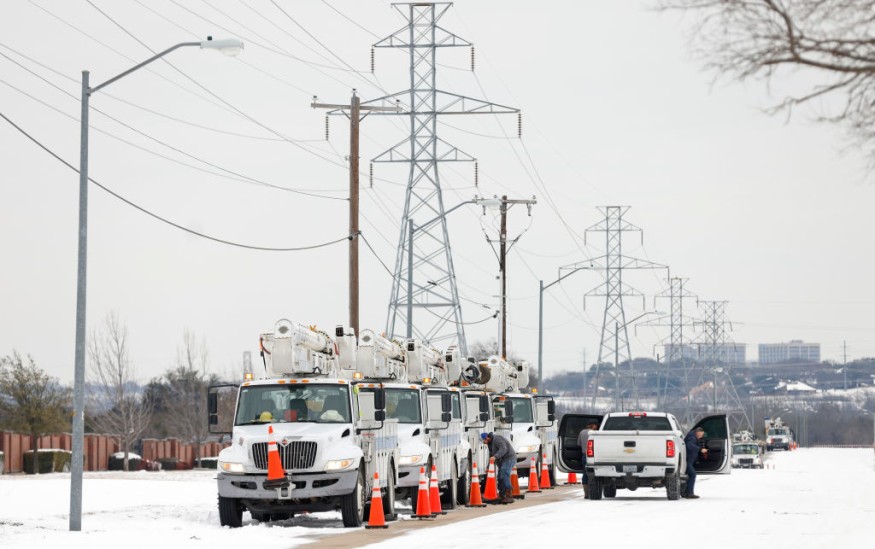A complex web of linked supply networks underpins most of the global economic output. Supply chains help make everything from computers and vehicles to life-saving medications and food, and they sustain an international trade in commodities worth over $20 trillion every year.
In addition, many thousands of parts are used in end products, obtained from all around the world. These supply chains have been fine-tuned over time to offer optimum efficiency and speed.
Worsening Weather Events

However, in the wake of the worldwide COVID-19 epidemic and severe weather events, supply-chain risks and resilience have arisen. As extreme weather becomes more powerful due to climate change, the yearly chance of occurrences that are more intense than manufacturing assets are designed to endure rises, raising the risk of supply-chain disruptions.
Related Article : IPCC Report Blames Human Activity For Worsening Climate Disasters
Factors that Affects the Supply Chain
Recent MGI research looks at how industrial value chains are affected by a broader range of hazards, including climate change. This research also looks at vulnerabilities inside firms and larger value chains and financial losses and methods to improve resilience.
Researchers look at how climate risks, which are currently prevalent in global supply chains, are expected to grow over the next few decades in a case study (see sidebar, "An outline of the case study analysis"). Supply chains are divided into three categories: specialized, intermediate, and commodity.
The more specialized a supply chain is, the more serious the impact for a downstream participant may be, as the supply of a vital input may be limited to the source that has been interrupted. However, the more commoditized the supply chain is, the more downstream companies may be affected by rising prices due to a sudden supply decrease.
Intricacy of the Supply Line

Dr. Thomas Goldsby, a supply chain management professor at the University of Tennessee - Knoxville's Haslam College of Business, gives his undergraduate students a "routine exercise" that is usually revelatory. Its goal is to show the intricacy of the numerous commerce routes that transport items from across the world to customers.
The project's goal is for the students to determine how far back in the supply chain they can travel, ideally to the point where the process removed the raw materials.
Goldsby uses the activity to demonstrate the intricacy of supply networks and how unplanned interruptions - such as another business requesting a resource you require without your knowledge - may have dramatic unintended repercussions.
Getting Worst
The supply chain's internecine structure implies that unconnected events, such as a worldwide epidemic and a microprocessor shortage, can impact each other. Microchips, collections of circuits housed on little flat bits of silicon, are ubiquitous in modern society, appearing in computers, automobiles, mobile phones, household appliances, and nearly all other electronic devices. COVID-19 has already caused a scarcity of microchips. Yet, as a result of global climate change, things are only going to become worse.
For more environmental news, don't forget to follow Nature World News!
© 2025 NatureWorldNews.com All rights reserved. Do not reproduce without permission.





